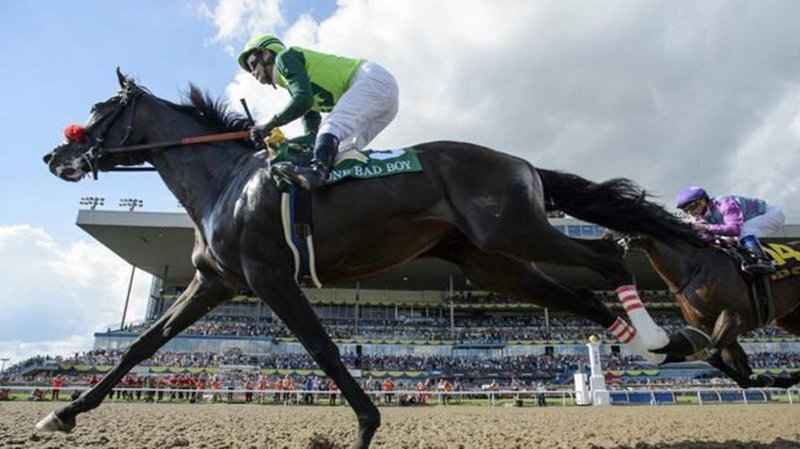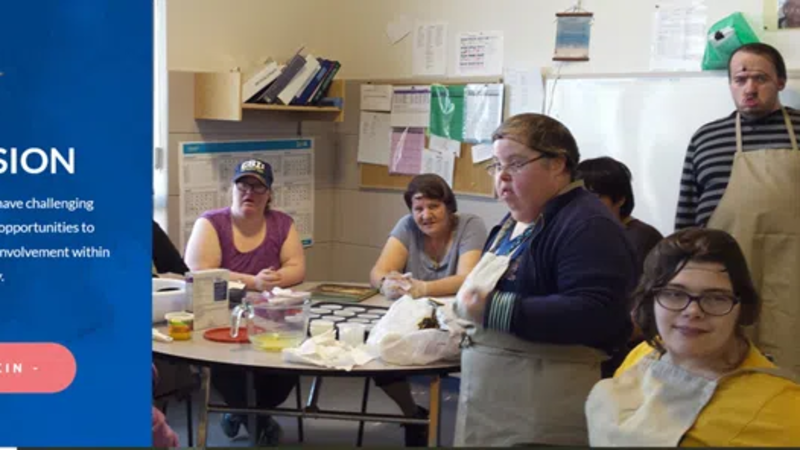
Horse racing given green light by Ontario government to get underway
TORONTO — The Ontario government has given Woodbine Entertainment the green light to run live horse races.
Horse racing was listed among the activities and businesses that could return or begin as of Tuesday in the first of the government’s three stages to reopen the province.
While getting horses on the track so quickly would be ambitious, Woodbine can now stick to its plan of resuming harness racing June 5 at Woodbine Mohawk Park and starting the 2020 thoroughbred season June 6 at Woodbine Racetrack.
“It’s an unbelievably huge relief,” said Jim Lawson, the CEO of Woodbine Entertainment. “I was always worried about getting caught up and not really being on anyone’s portfolio and horse-racing getting lost in the mix of businesses versus sport.


